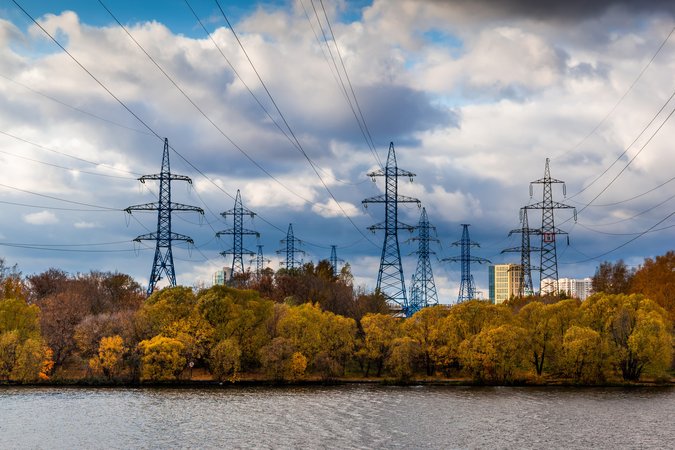Policies to Encourage Home Energy Efficiency Improvements: Comparing Loans, Subsidies, and Standards
DownloadHeating and air conditioning equipment and water heaters account for approximately 70 percent of a home’s energy use, on average. Upgrading to higher efficiency equipment can generate significant energy savings, but the up-front costs for these upgrades can be a barrier to making such improvements.
In a new RFF discussion paper, “Policies to Encourage Home Energy Efficiency Improvements: Comparing Loans, Subsidies, and Standards,” RFF Research Director and Thomas J. Klutznick Senior Fellow Margaret Walls compares two incentive-based policies designed to increase the use of high-efficiency equipment: a subsidy and a zero-interest loan. She contrasts those policies with an efficiency standard for such equipment.
Walls finds that a loan is the most cost-effective policy of the three; that is, it has the lowest welfare cost per ton of carbon dioxide (CO2) emissions reduced. However, it provides only very small reductions in emissions and energy use because the consumer’s financial incentive is not that great—the loan has to be repaid. Energy and emissions reductions are much greater with a subsidy but this policy option is higher cost.
Walls’s analysis shows the standard to have the highest costs of all as it forces all consumers to purchase high-efficiency equipment, removing the lower-efficiency options from the marketplace and thus taking away choices that are preferred by some consumers. Moreover, all new equipment is just at the standard, whereas the subsidy incentivizes the purchase of “extra high-efficiency equipment.” This is a general problem with standards: neither producers nor consumers have incentives to do better than the standard.
She finds that the policies are less effective and cost-effective than broad-based options, such as a carbon cap-and-trade program or a clean energy standard, but that they compare somewhat favorably to other targeted policy options, such as building codes.



